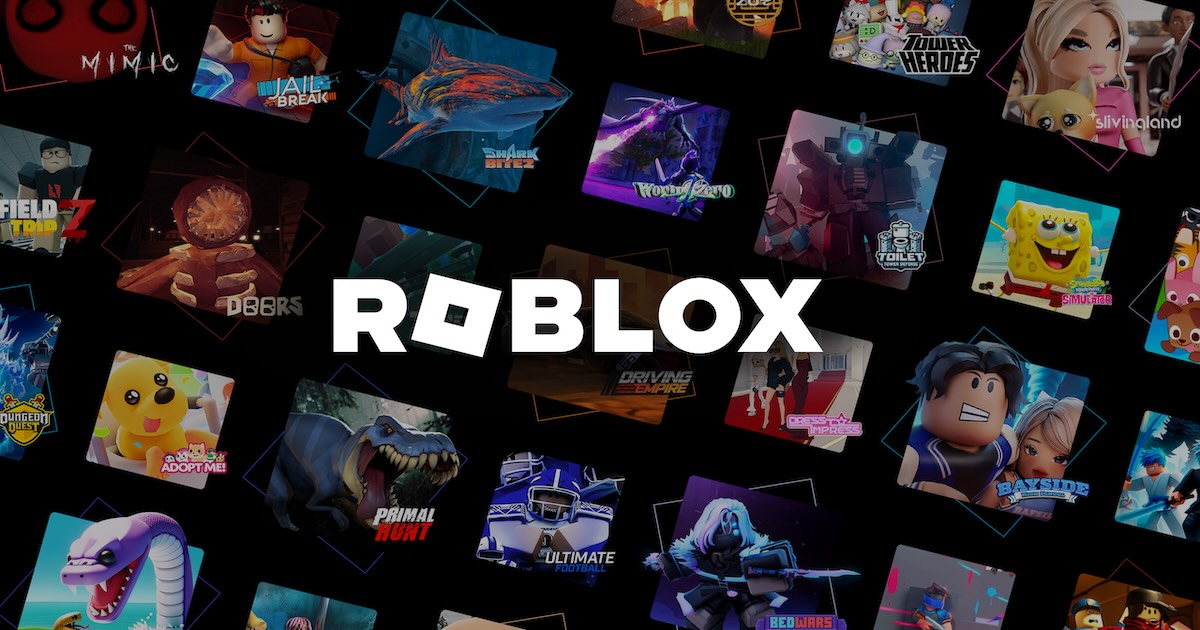Roblox’s new age-verification requirement for communication marks a safety-policy event that now forces investors to reassess the platform’s long-term regulatory and governance exposure. The change underscores how compliance architecture is becoming a strategic factor for valuation, revenue resilience, and cross-border market access for global digital platforms.
Market Impact: Safety Compliance as a Structural Cost Driver
Age-assurance controls are now part of mainstream compliance for platforms hosting large youth audiences. Roblox’s shift illustrates how safety infrastructure can influence both operating costs and business-model flexibility as companies scale internationally.
Investors tend to track these changes because verification systems require ongoing monitoring, third-party vendors, and auditability—elements that move directly into recurring costs.
Platforms that enhance trust controls often experience mixed short-term engagement effects, yet they typically benefit from stronger confidence among advertisers and commercial partners. Analysts sometimes refer to this as a “governance premium,” meaning markets reward companies that demonstrate credible oversight of systemic risks.
Regulatory Implications: Age Assurance as the Emerging Baseline
Multiple jurisdictions—including the EU, UK, and parts of the Asia-Pacific region—are converging toward expectations that platforms demonstrate proactive age-assurance measures. While legal requirements differ, regulators consistently prioritise communication safety when assessing risk exposure on mixed-age platforms.
Roblox’s decision aligns with this shift toward verifiable controls. It also acknowledges a reality shaping the sector: platforms are increasingly expected to show that they can identify and mitigate high-risk interactions before they escalate.
Why regulators focus on communication channels:
Safety failures involving chat functions create clear, traceable vectors of harm. When a platform can show layered control—verification, filtering, audit trails, and parental tools—it reduces the likelihood of regulatory scrutiny, which in turn supports overall operational stability.
👉👉 Read Next: Stop Trolls Now — The UK Online Safety Act & Your 3-Step Legal Action Plan for Digital Harassment
Corporate Governance: Safety Systems as Board-Level Risk Management
Age-verification requirements elevate digital protection into the core of enterprise risk management. Boards are increasingly expected to treat youth-safety controls in the same category as cybersecurity, data governance, and fraud prevention.
How safety governance influences corporate outcomes:
Well-structured oversight can reduce litigation exposure, support insurer confidence, and demonstrate that the board is actively mitigating foreseeable risks. These factors contribute to steadier long-term sentiment around the company, without offering guarantees or forecasts.
For companies with global creator ecosystems, trust infrastructure also affects ecosystem health. Developer confidence, advertiser relationships, and brand partnerships all depend on the perception that the platform is structurally safe.
Sector & Industry Context: Children’s Platforms Face Repricing of Risk
Youth-oriented gaming and communication services are experiencing an industry-wide repricing of risk. As regulators intensify scrutiny, companies are being treated more like operators of regulated environments rather than purely consumer platforms.
Roblox’s adoption of mandatory verification supports a broader trend: safety mechanisms are becoming competitive differentiators. While verification introduces friction, it also reduces structural vulnerabilities that historically contributed to operational and legal challenges across the sector.
How analysts interpret shifts like this:
They typically assess three factors:
-
Regulatory alignment and the likelihood of scrutiny
-
Operational capability to manage verification costs and complexity
-
Reputational durability amid tightening safety expectations
This framework helps investors understand how a platform is positioned within a fast-changing regulatory environment.
Reputation & Investor Risk: Why Communication Policies Matter Financially
Reputation risk is now directly linked to platform economics. Safety controversies can influence advertiser behaviour, insurance costs, ecosystem health, and the predictability of user spending.
Roblox’s age-verification system signals an effort to reduce long-tail risks and align with global expectations. While no system eliminates exposure, the presence of verifiable controls is increasingly viewed as a sign of operational maturity.
Original Explainer — How Safety Failures Can Pressure Liquidity:
When trust declines, user engagement can slow. In creator-driven ecosystems, that affects developer earnings, which can then influence the rate of content production. Fewer new experiences can weaken spending patterns, ultimately affecting revenue visibility.
Safety controls help reduce the likelihood of this type of cascading stress.
What Stakeholders Will Watch Next
Observers will focus on how effectively Roblox integrates age assurance into its broader risk and governance systems. Key considerations include operational impact, cross-border regulatory alignment, and whether the new controls strengthen platform trust without disrupting ecosystem dynamics. Across global markets, regulators and commercial partners will continue to evaluate how consistently and transparently these measures are applied.
Frequently Asked Questions on Roblox’s Age-Verification Shift
Why is age verification becoming a standard expectation for global platforms?
Because regulators and policymakers increasingly view age assurance as essential for reducing high-risk interactions on mixed-age platforms, especially where communication features are involved.
Does mandatory age verification typically affect user growth?
Historical trends show varied outcomes. Verification may introduce friction, but it can also reinforce platform trust, which helps support long-term engagement.
Is facial-age estimation required by law?
No single global standard mandates a specific technology. Regulators generally require that platforms implement age assurance proportionate to the risks of their services.
How can safety controls influence corporate governance priorities?
They become part of enterprise risk management, influencing oversight structures, insurance considerations, and stakeholder confidence.














